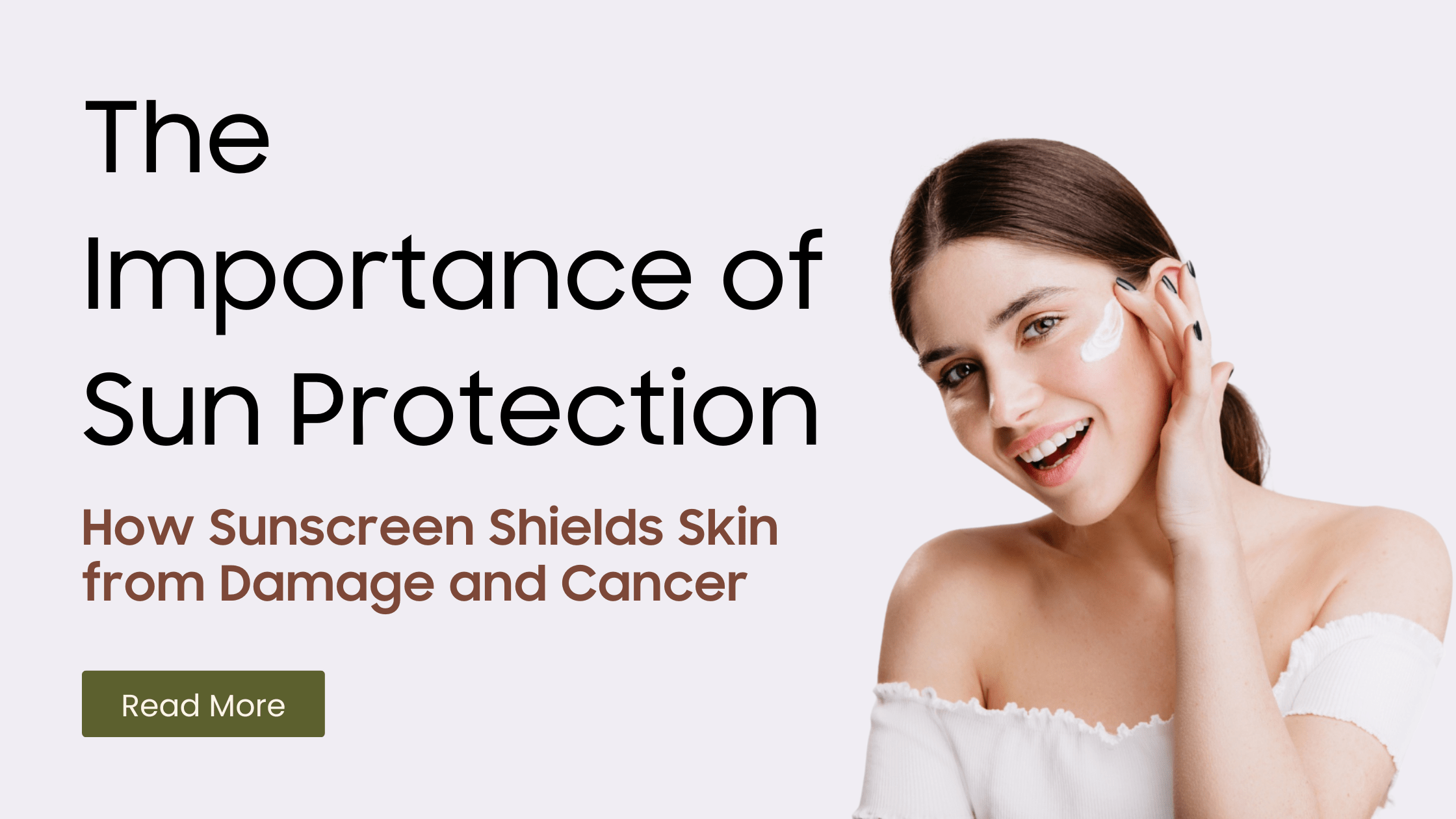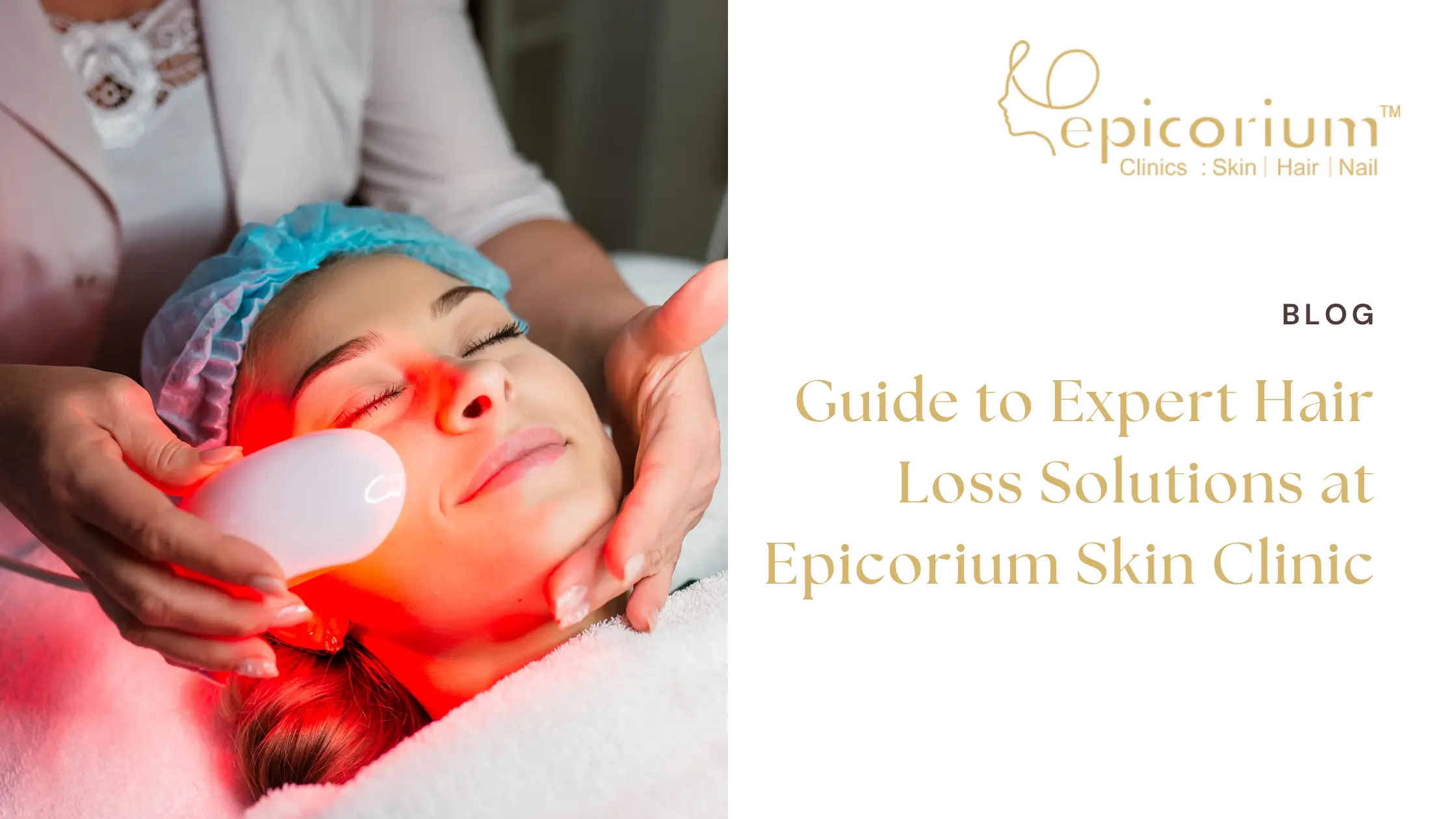
The Importance of Sun Protection: Understanding the Role of Sunscreen in Preventing Skin Damage and Skin Cancer
Table of Contents
In the vast canvas of health and wellness, sun protection is a topic that deserves unwavering attention. The Sun, while being a source of life, light, and energy, also brings with it ultraviolet (UV) rays that can cause significant damage to the skin. This blog delves into the significance of sunscreen in shielding our skin from these harmful rays, the mechanisms of skin damage, and how proper sun protection can be a pivotal step in preventing skin cancer.

Understanding UV Radiation and Its Effects
Before we explore the benefits of sunscreen, it is crucial to understand what are we protecting ourselves from. The sunlight that reaches us is composed of two types of harmful rays: UVA and UVB. UVA rays penetrate deep into the skin, leading to premature aging and wrinkling, while UVB rays are responsible for sunburns. Both types contribute to an increased risk of skin cancer. Also one has to keep in mind that the depletion of the ozone layer because of pollution is significantly adding to the burden of ill effects of sunlight exposure.
Sunscreen: The First Defence You Should Use
Sunscreen protects the skin from the damaging effects of ultraviolet radiation. It functions by reflecting the UV rays away from the skin or by absorbing them, keeping them from penetrating the skin’s deeper layers. The degree to which a sunscreen shields skin from UVB rays is indicated by its Sun Protection Factor (SPF). More protection is indicated by a higher SPF number, however, no sunscreen can completely filter UV radiation. Protection can be up to 93% beyond it.
Avoiding Damage to the Skin
Numerous types of skin damage can result from prolonged exposure to UV radiation. The most obvious symptom is sunburn, but wrinkles, leathery skin, black patches, and a general loss of skin suppleness are long-term consequences. Using sunscreen regularly can greatly lower these risks. It’s important to keep your skin looking young and healthy over time, not merely to prevent redness and discomfort.
Reducing the Risk of Skin Cancer
One of the most prevalent forms of cancer in the world is skin cancer and exposure to UV rays is its main cause. You can lower your risk of acquiring skin cancer by applying sunscreen, especially melanoma, which is the most severe type and to a great extent cell carcinoma. It’s a straightforward yet effective step in a whole plan to prevent skin cancer.
The Broad-Spectrum Solution
Broad-spectrum’ is a term to look for while selecting sunscreen. This suggests that UVA and UVB radiation are both protected by the product. Dermatologists advise applying a broad-spectrum sunscreen with an SPF of 30 or greater for optimum protection.
Application and Reapplication: Key to Effective Protection
Choosing the right product and carefully applying sunscreen is equally crucial. One common error is applying insufficient sunscreen. One ounce, or enough to fill a shot glass, is the suggested dosage to cover the entire body. All exposed skin, particularly the neck, cheeks, ears, and tops of the feet, should be protected with sunscreen. Reapplying sunscreen every two hours is recommended, or more frequently if you perspire or swim. Remember, one application of sunscreen does more harm than not applying sunscreen. The effect of sunscreen wears off in 2-3 hrs, hence it is recommended to apply every 3 hrs whether indoor or outdoor.
Beyond Sunscreen: Comprehensive Sun Protection
Although sunscreen is essential, there are other ways to protect yourself from UV rays. Additional protection can be obtained by donning protective apparel, such as wide-brimmed hats long shirts and sunglasses. It’s also essential to look for shade, particularly during the daytime when the sun is at its hottest.
The Role of Vitamin D
One prevalent worry is that using sunscreen could cause one to become deficient in Vitamin D, which the body produces when exposed to sunlight. Nonetheless, vitamin pills or food are the main ways that most people obtain adequate vitamin D. The dangers of UV radiation greatly exceed the advantages of naturally occurring vitamin D production. However, sunscreen doesn’t block 100% sunlight, 7 to 13% of sunlight reaches the skin inspite of applications of sunscreen
Sun Protection for Every Skin Type
It’s a myth that those with darker skin don’t need sunscreen. While darker skin has more melanin, which provides some protection against UV radiation, it’s not enough to prevent skin damage and skin cancer. Everyone, regardless of skin color, should use sunscreen as part of their daily routine.
Educating the Next Generation
Educating children about the importance of sun protection is crucial. Instilling these habits early can lead to a lifetime of healthier skin. Teach them to apply sunscreen, wear sun-protective clothing, and seek shade.
Conclusion
Sun protection is an essential aspect of skin health. The use of sunscreen, along with other protective measures, can significantly reduce the risk of skin damage and skin cancer. It’s a simple daily habit that can have profound long-term health benefits. As we continue to enjoy the warmth and brightness of the sun, let us not forget the shield that keeps us safe – sunscreen.
FAQS
Q1: Why is sun protection important?
A: Sun protection is crucial for preventing skin damage caused by ultraviolet (UV) rays. Extended exposure to UV rays can lead to skin aging, sunburn, and an increased risk of skin cancer.
Q2: How does sunscreen protect the skin?
A: Sunscreen acts as a barrier that either absorbs or reflects UV rays, reducing the amount of UV radiation that penetrates the skin. This helps prevent sunburn and long-term skin damage.
Q3: What does SPF mean and how do I choose the right one?
A3: SPF, or Sun Protection Factor, measures how well a sunscreen will protect skin from UVB rays. Higher SPF values offer greater protection. Choose an SPF of at least 30 for effective protection.
Q4: How often should I reapply sunscreen?
A: Sunscreen should be reapplied every two hours, or more frequently if you are swimming, sweating, or toweling off.
Q5: Are there other ways to protect my skin from the sun besides sunscreen?
A: Yes, wearing protective clothing like wide-brimmed hats and UV-blocking sunglasses, seeking shade, and avoiding sun exposure during peak hours (10 a.m. to 4 p.m.) also help protect your skin.
Q6: Can I get sunburned on a cloudy day?
A: Yes, UV rays can penetrate clouds, so it’s important to use sunscreen and other forms of sun protection even on overcast days.
Q7: Is sunscreen safe for all skin types?
A: Sunscreens are generally safe for most skin types. However, individuals with sensitive skin or specific skin conditions should choose mineral-based sunscreens or consult a dermatologist for recommendations.
Q8: How does sun exposure contribute to skin cancer?
A: Excessive sun exposure damages the DNA in skin cells, increasing the risk of skin cancer. Regular use of sunscreen, along with other protective measures, significantly reduces this risk.
Q9: What is the difference between UVA and UVB rays?
A: UVA rays are primarily responsible for skin aging, while UVB rays cause sunburn. Both contribute to the risk of skin cancer, so making broad-spectrum sunscreens that protect against both types is essential.
Q10: Can children use the same sunscreen as adults?
A: Yes, but it’s advisable to use sunscreens specifically formulated for children’s sensitive skin. Always choose a broad-spectrum sunscreen with an SPF of 30 or higher for both children and adults.



